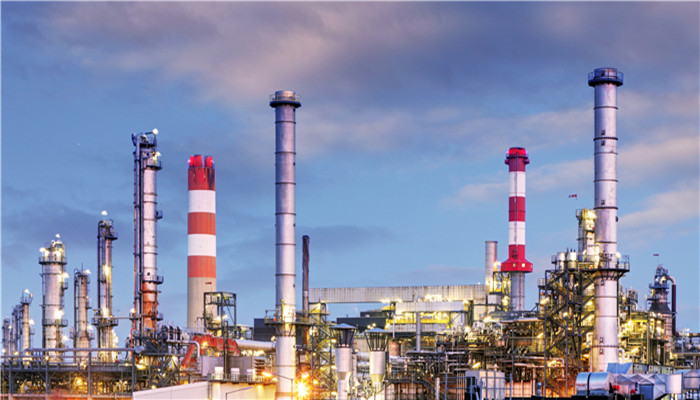
The TPO photoinitiator market is highly concentrated and some leading companies still have plans to expand production.
2,4,6-Trimethylbenzoyldiphenylphosphine oxide is called photoinitiator TPO. It is a high-efficiency photoinitiator with a wide absorption range and a long absorption peak of about 273um. The long absorption wavelength reaches 380nm, and the light curing speed is fast. It also has a bleaching effect, low post-polymerization effect, and no residue. Therefore, it has a wide range of applications. It is currently used in dental fillings, UV-cured coatings, photoresists, printing inks and other fields. application, the industry has good development prospects.
There are many types of photoinitiators in the market, the common ones are benzophenone (BP), 1173, 184, TPO, 907 and other varieties, among which the annual output of TPO is about 4,000 tons. Due to the relatively good price of TPO, TPO is currently mostly used in conjunction with other light curing agents. For example, TPO is used in conjunction with 1173 for furniture varnish, floor coatings, paper varnish, electronic product coatings, etc.; TPO is used with 184 for applications In the fields of automotive interiors, home decoration, plastic products, etc.
According to the “China TPO Photoinitiator Industry Application Market Demand and Development Opportunities Research Report 2021-2026” released by the Industrial Research Center , with the rapid development of the photocuring industry, my country has become the third largest photoinitiator producer after the United States and Japan. Globally, the photoinitiator market is still dominated by large international companies such as BASF and IGM Resins. As my country’s environmental protection supervision has become stricter in recent years, the application scope of photocuring technology has continued to expand. Driven by the development of the downstream coating and ink industries, photoinitiator production demand continues to rise. In 2019, domestic photoinitiator production was approximately 42,000 tons. Among them, TPO is about 4,000 tons. Globally, driven by the development of the photocurable ink and coating industries, the global photoinitiator market is expected to reach US$1.3 billion by 2023.
Current TPO photoinitiator manufacturers include Jiuri Chemical, Changsha Xinyu, Yangfan New Materials, and Beijing Yingli (acquired by IGM Resins). Yangfan New Materials is a leading domestic photoinitiator company. The current main photoinitiator produced is 907. Its “29,000t/a photoinitiator and pharmaceutical intermediates project” constructed in Inner Mongolia will be completed in 2021, which contains 11,000 tons Photoinitiators (including TPO), and the company’s TPO products continue to develop towards high-end products and have been used in the communications field.
Jiuri New Materials has dozens of photoinitiator production capabilities, including TPO. It plans to build a 27,000-ton photoinitiator project in Dongying. However, due to the impact of land area in 2020, the project may be delayed. It is expected that the project will be completed in 2023 Reached use status. The project construction funds will be changed to the construction of the newly invested and constructed Inner Mongolia Jiuri series photoinitiator and intermediate project with an annual output of 9,250 tons.
Industrial analysts said that TPO photoinitiator is a type of photoinitiator and a commonly used photoinitiator. Products, due to their excellent performance and wide range of applications, the application demand is showing a growing trend. In the context of environmental protection and the popularization of light curing technology, TPO still has room for application. In terms of production, the TPO photoinitiator market concentration is relatively high.

 微信扫一扫打赏
微信扫一扫打赏

